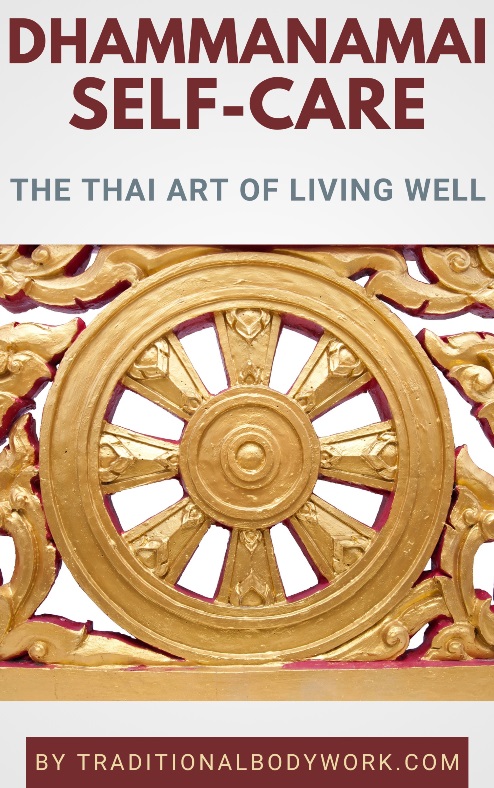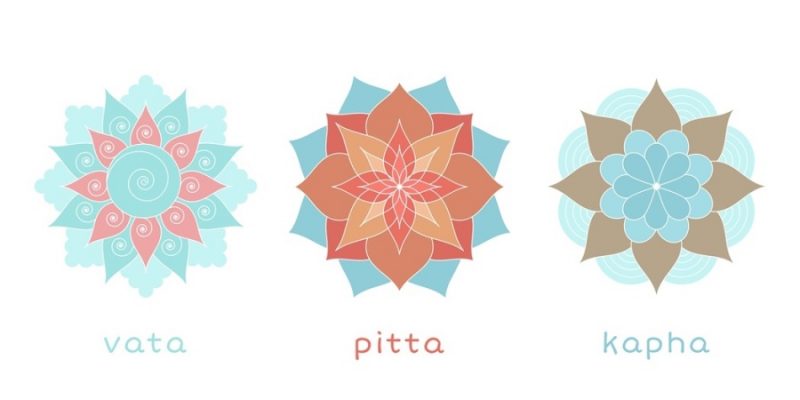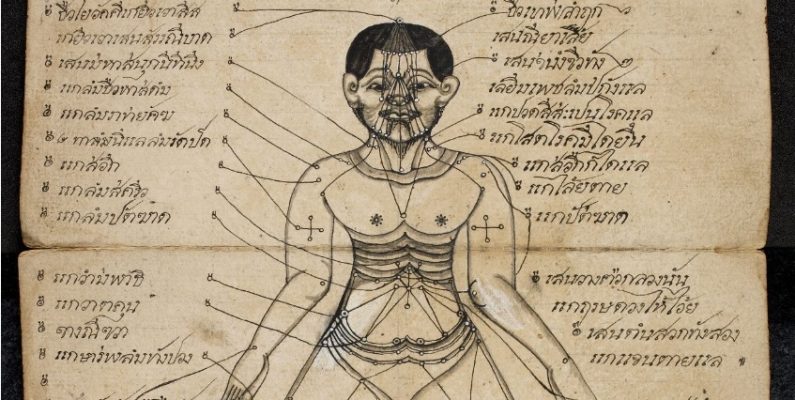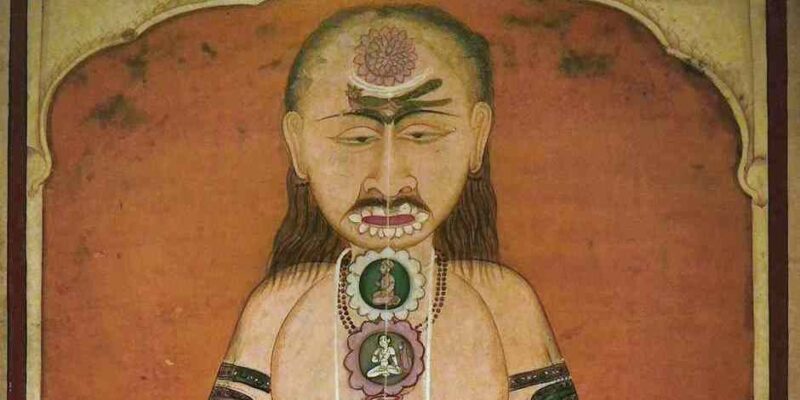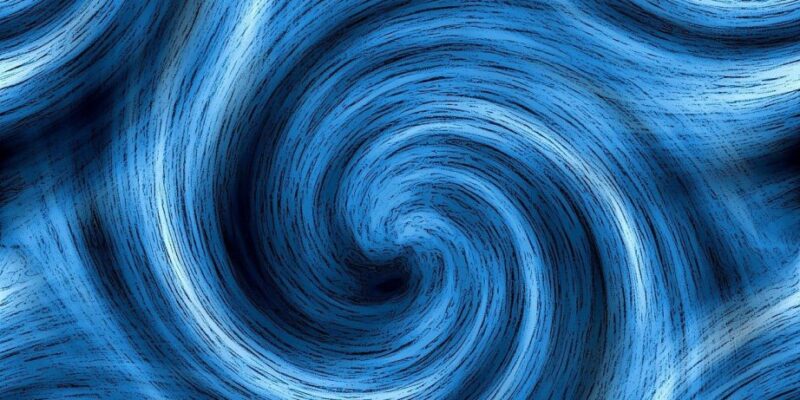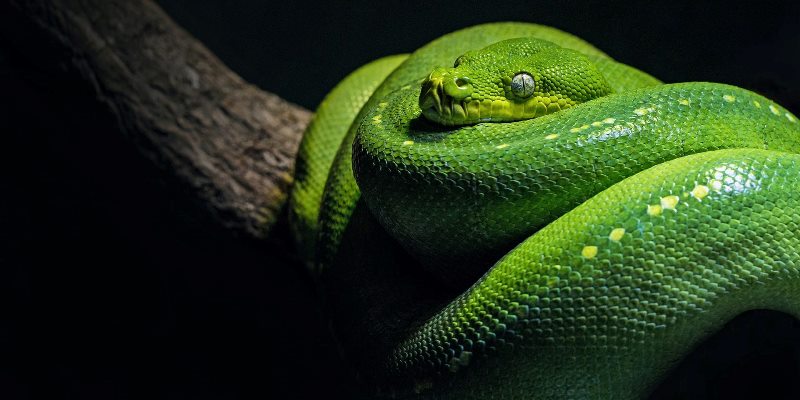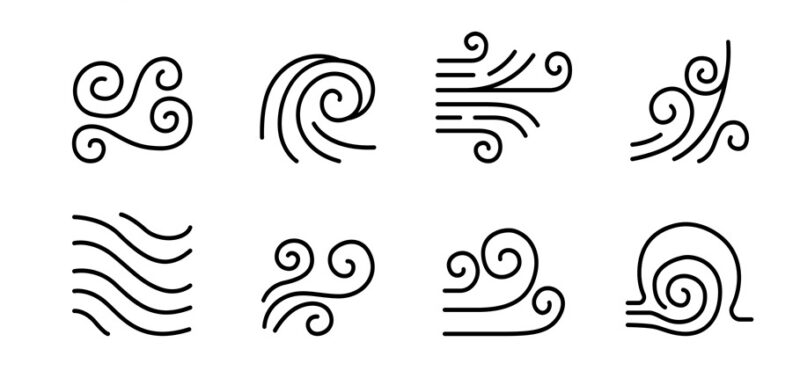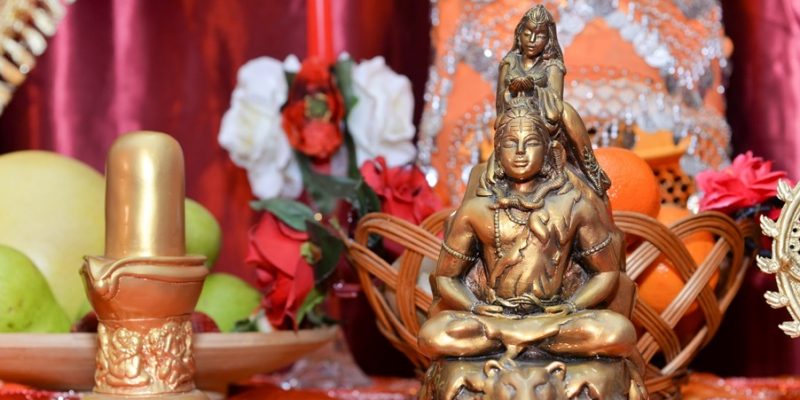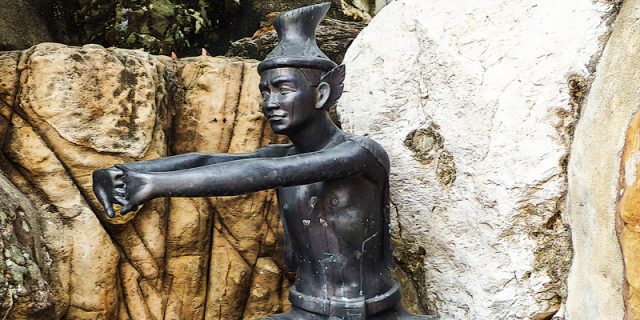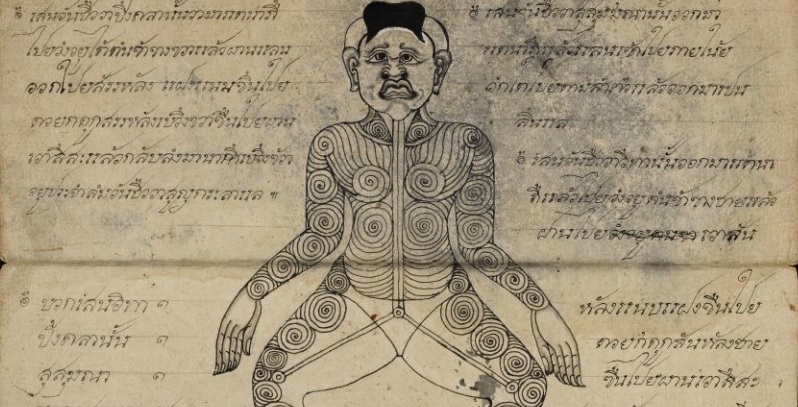
Although you’ll often find the concept of Wind — in Thai language referred to as Lom — referenced in Thai Massage and Thai Yoga (Reusi Dat Ton), sometimes the words Wata and Vata — which likewise can mean Wind — are also used.
This can give rise to some confusion, and in this post I’ll explore the meaning of Wata in Thai Traditional Medicine. But let me first give you some examples of the use of the word Wata in Thai Massage and Reusi Dat Ton.

For instance, there are various Reusi Datton exercises that use the word “Wata” in their therapeutic descriptions, such as “Relief Of Chest Compression Caused By Wind Or Wata” or “Relief Of Convulsion Caused By Wind Or Wata,” which are exercises from the 18 Wat Pho Ascetic Self-Stretching Exercises of the Thai Hermit Yoga.
Or, if you look at some of the Thai Massage descriptions for remedies on the 60 marble tablets at Wat Pho, you’ll find statements like “Cure Wata diseases caused by an imbalance of the fire element” or “Treats Wata caused by water element imbalance diseases.”
In the context of the significant Ayurvedic influence on Thai Traditional Medicine, it’s obvious that the use of the word Wata relates to the Thai version of the Indian Ayurvedic Vata, one of the three Doshas comprised of the elements air and ether/space, and which — in its literal Sanskrit meaning — is translated as “air” or “wind.”
Vata as a Dosha also stands for dry, cold, light, and — most importantly — movement. In fact, all movement in the body is due to properties of Vata. An excess or — by contrast — a lack (i.e. deficiency) of Vata can give rise to a whole set of discomforts or illnesses.
Moreover, Wind has the special circumstance that it’s one of the Thai Four Elements, but also one of the three Doshas. Additonally, Vata is generally thought to be the most significant of the three Doshas because it initiates and regulates the other two Doshas (Pitta and Kapha).
As such, you will also find that Thai Massage and Thai Yoga give significant focus on working with (i.e. manipulating) the Wind in the body, that is, try to facilitate the proper movement and location of Wind in the body and to release the Wind from places where it has become stagnant or blocked.

A point of confusion here is that “Wind” can refer to a Dosha type or to the Wind Element itself. In the stone tablet descriptions the Wind Element is rather described as Wayo i.e. Vayu (which is Sanskrit for “wind,” “air”, or “breath”) and the Dosha rather as Wata.
If you further study the inscriptions of the Thai Massage marble tablets (that is, in particular the descriptions of the remedies offered) you will find that there are references to curing phlegm such as “Cure phlegm caused by an imbalance of the fire element” or “Cure phlegm caused by an imbalance of the water element.” As it is, “phlegm,” “mucus,” “watery froth,” and such, are the translations for the Sanskrit word “Kapha,” as thus pointing to Kapha Dosha. Mind that you sometimes also find Semha which is the Pali language for “phlegm.”
Nevertheless, I couldn’t discern direct references to Pitta Dosha, which in the Thai approach would be Di (ดี) or “bile.” Yet bile or di can also be translated as “venom,” “toxin,” or “bitter,” which gives me the impression that phrases connected to the marble tablets, such as “Cure various toxic diseases caused by an imbalance of the wind element” and “Cure various toxic diseases caused by an imbalance of the fire element” may refer to Pitta imbalances.
In any case, Wata in its use as Wind — the objective of this post — rather seems to point to Wata related diseases caused by an excess or deficiency of one of the Thai Four Elements, being Earth (Din), Water (Naam), Fire (Fai), and Wind (Lom or the Wayo Tad).
As a whole, the Thai traditional approach to healing is not so much through Doshas or “Humours” — although they are recognized, but rather by directly diagnosing and manipulating imbalances with regard to the Four Elements.



